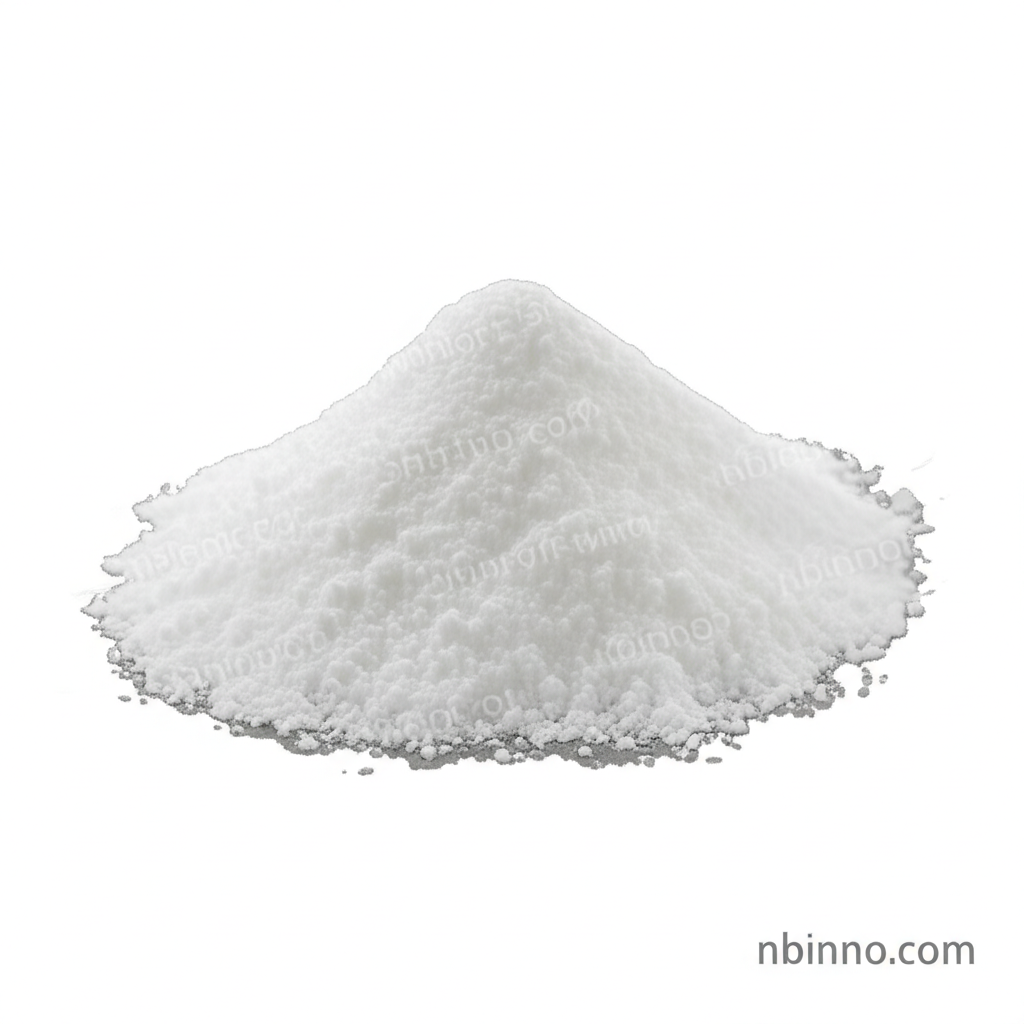High Purity (S)-1-Cbz-3-pyrrolidinol: A Key Chiral Intermediate for Pharmaceutical & Agrochemical Synthesis | Manufacturer & Supplier
(S)-1-Cbz-3-pyrrolidinol (CAS: 100858-32-0) is a vital chiral building block essential for advancing pharmaceutical and agrochemical research and manufacturing. Discover its critical role in complex synthesis and reliable sourcing options.
Get a Quote & SampleUnlocking Innovation with (S)-1-Cbz-3-pyrrolidinol: Your Trusted Chemical Solution

(S)-1-Cbz-3-pyrrolidinol
As a leading manufacturer and supplier of fine chemical intermediates in China, we provide high-quality (S)-1-Cbz-3-pyrrolidinol. This compound (CAS: 100858-32-0) is a crucial chiral building block for sophisticated organic synthesis, particularly in the pharmaceutical and agrochemical sectors. Partner with us for a stable supply of this essential intermediate.
- High Purity (>95%): Ensure reliable reaction outcomes with our consistently high-quality (S)-1-Cbz-3-pyrrolidinol, a key factor for R&D scientists and procurement managers.
- Versatile Chiral Intermediate: Its unique structure makes it indispensable for asymmetric synthesis, enabling the creation of enantiomerically pure compounds vital for drug development.
- Pharmaceutical & Agrochemical Applications: This compound is a critical component in the synthesis of numerous bioactive molecules, including advanced pharmaceuticals and crop protection agents.
- Reliable Manufacturer in China: Source your (S)-1-Cbz-3-pyrrolidinol from a trusted supplier committed to quality, stability, and competitive pricing.
Key Advantages of Sourcing (S)-1-Cbz-3-pyrrolidinol from Us
Exceptional Purity and Quality Assurance
Our (S)-1-Cbz-3-pyrrolidinol meets stringent quality standards, with purity levels typically exceeding 95%. This guarantees optimal performance in demanding synthesis processes, a critical requirement for pharmaceutical intermediates procurement.
Critical for Complex Synthesis
As a chiral building block, (S)-1-Cbz-3-pyrrolidinol is instrumental in asymmetric synthesis, allowing researchers and formulators to construct complex molecular architectures with precise stereochemistry, vital for API development.
Consistent Supply Chain Management
We understand the importance of supply stability. As a dedicated manufacturer and supplier in China, we ensure a consistent and reliable supply of (S)-1-Cbz-3-pyrrolidinol to meet your ongoing production needs.
Diverse Applications of (S)-1-Cbz-3-pyrrolidinol
Pharmaceutical Synthesis
Utilized as a key intermediate in the synthesis of various pharmaceutical agents, particularly in the development of drugs targeting neurological disorders and other therapeutic areas, making it a sought-after product for pharma R&D managers.
Agrochemical Development
Serves as a versatile building block in the creation of novel agrochemicals, contributing to the development of effective and targeted crop protection solutions for the agricultural sector.
Asymmetric Synthesis
An important chiral scaffold for asymmetric synthesis, allowing chemists to create enantiomerically pure compounds with specific stereochemistry, crucial for the efficacy and safety of many active pharmaceutical ingredients.
Organic Chemistry Research
Researchers in organic chemistry utilize this compound to explore new reaction mechanisms and develop innovative synthetic methodologies, pushing the boundaries of chemical science.
